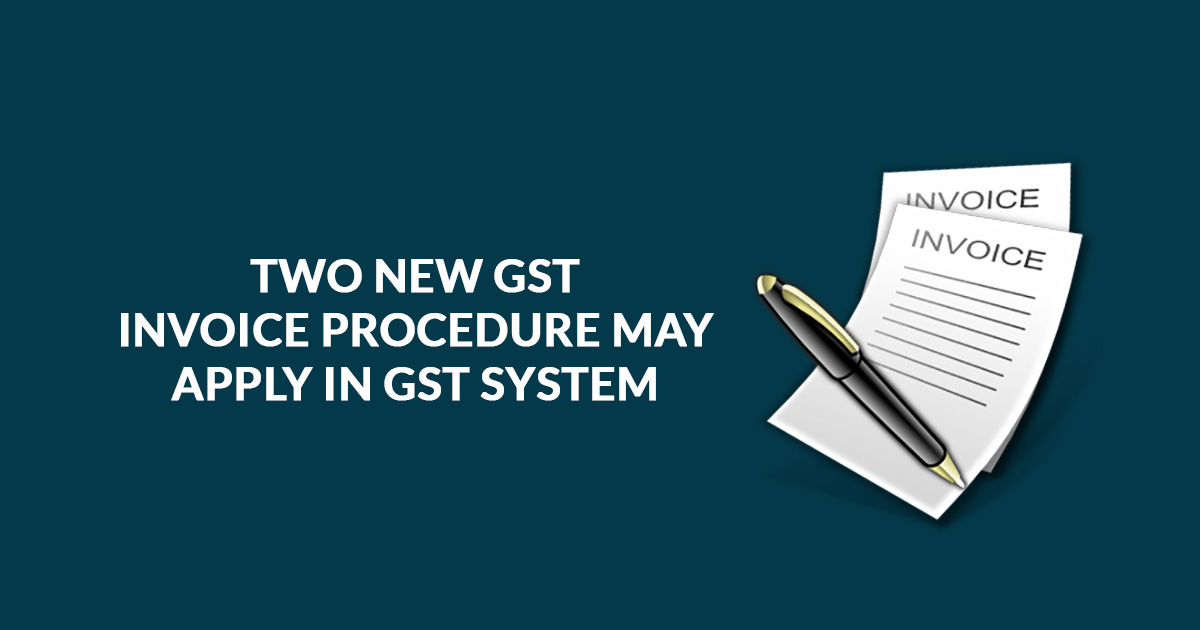GST council has this time laid emphasis on invoices generated for all types of transactions. In this context, a Committee on Invoice has been set up and two procedural suggestions are made: The first suggestion is regarding business-to-business (B2B) transactions and the second one relates to business-to-consumer (B2C) transactions. Now, according to the GST council, the first proposal says that the invoice which contains the details of every sale of goods and services would be considered as the main document in any transaction.
This invoice could capture the value chain and the Tax, which contains all the details important and needed by the Tax collector like the names of the seller and the buyer, the date of supply of goods or services, a description of the goods or service, the value, and the tax. This suggestion for business-to-business (B2B) transaction would make compliance simple.
The committee set the proposal that the invoice would be having a distinct invoice number’ (DIN), which the seller would retain, it could even be in bulk and would be provided from the GST server and will be used serially. The procedure is to match the DIN of both the invoices uploaded in the GST server. The buyer of the goods or services has to present the DIN when he raises his own invoice to claim the Tax credit after value addition.
In the current scenario, the businesses use GSTR 3B form to file GST returns. This form has some challenges as it contains only the basic data and not the fine details of the invoice. This has been made clear by the GST council through ‘Concept Paper on Invoice’. This proposal has been made in order to abolish the shortcoming, as the invoice is not being captured in any step in its raw form. This proposal as stated would simplify the compliance.
Regarding the Business, to a consumer transaction, every citizen is supposed to obtain a ‘consumer number’. The consumer after any transaction could log in to the GST portal and match the DIN with the consumer number provided. This proves that the consumer has paid GST on the transaction. If no GST is remitted against the DIN, the seller would be punishable and the consumer would be awarded Tax concession on behalf of the troubles caused to him/her.
The proposal for Business-to-consumer (B2C) transactions ensures that the final seller of goods or service actually pays the GST collected from the end-consumers.
Read Also: GST India: A Helpful Guide for Consumers, B2B and B2C
S Kannan, the Committee Member who proposed the concept of DIN, said that Tax-evasion is more evident at the B2C level. This measure could be a good check for it and could boost up the revenues by up to 30%.
